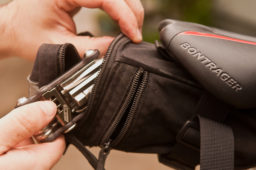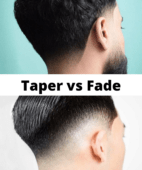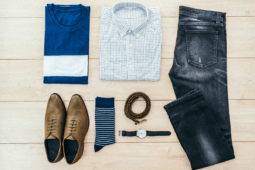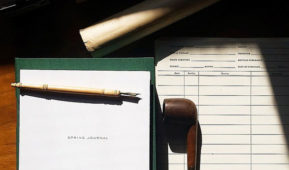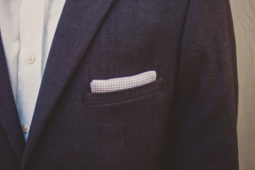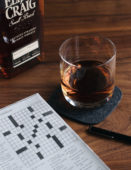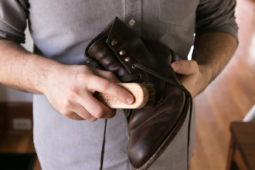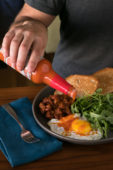A Man’s Guide To Buying The Perfect Belt
Belts are not just mere fashion accessories, nor are they only intended for functionality. Though belts have made waves in the fashion industry, the primary goal of wearing a belt is to keep your pants on! Unlike women, most men always go for the primary function instead of fashion. But did you know that being in style while keeping the function is doable? Knowing how to buy a belt is something that every man should learn.
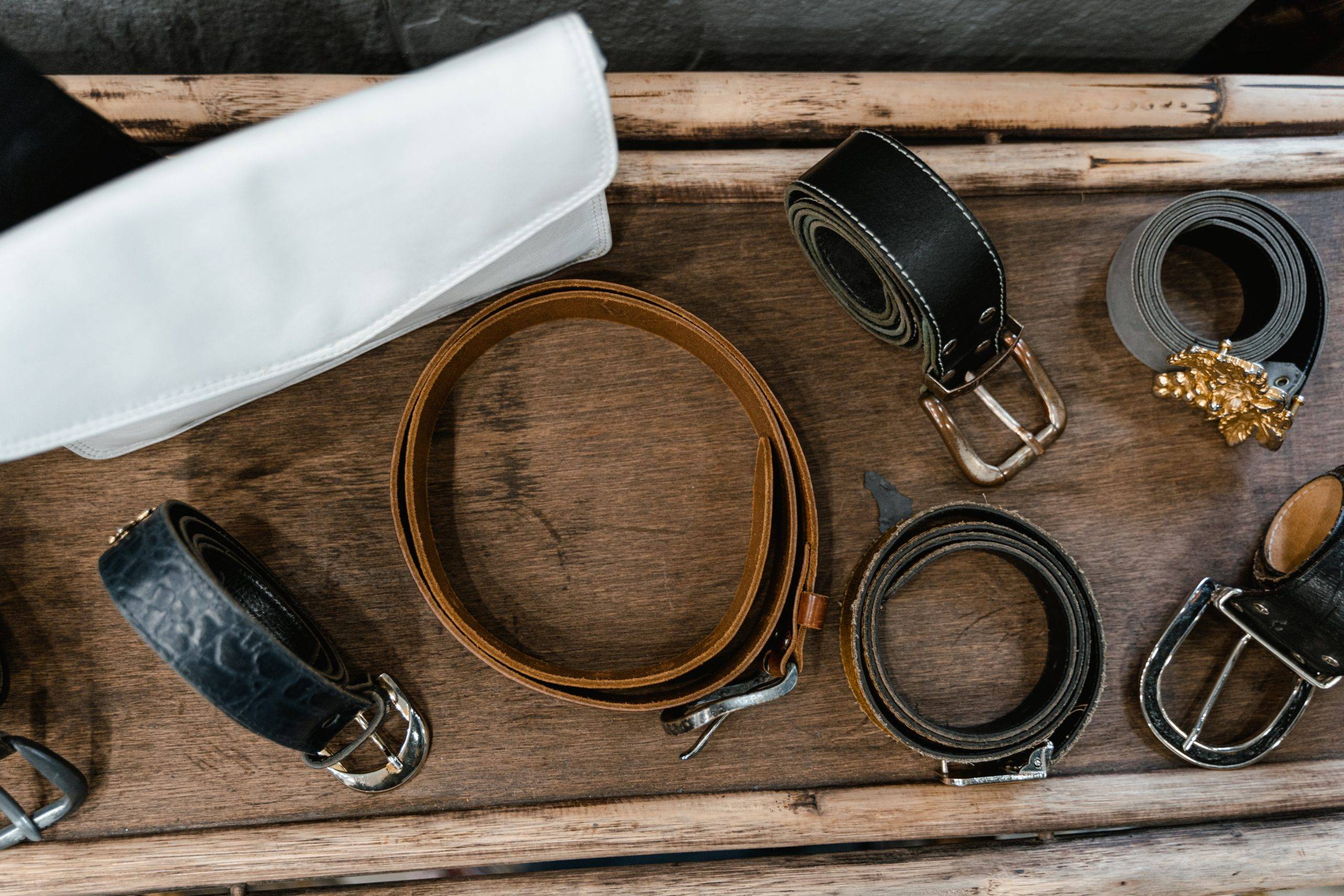
Where can you learn about functional belts that do not defy your sense of fashion? From a woman, of course! I made this article to help you get to know anything you need about belts. And mind you, dude, you have a lot to learn!
The Belt and Its Parts
A belt is tied to your waist to ensure that your pants won’t fall off. Even strings and cords make a belt too – that is, if you don’t really mind looking strange. Though strings and cords can hold your pants in place, real belts are composed of different parts that actually function better in keeping your pants firm on the waist. Technically, belts have two parts: a buckle and a strap.
Buckles
There are different types of buckles. However, all types have the same purpose and that is to keep the belt close. Some belts have a fixed buckle and strap. However, other belts have removable and replaceable buckles that you can switch anytime to suit your style for the day.
Frame
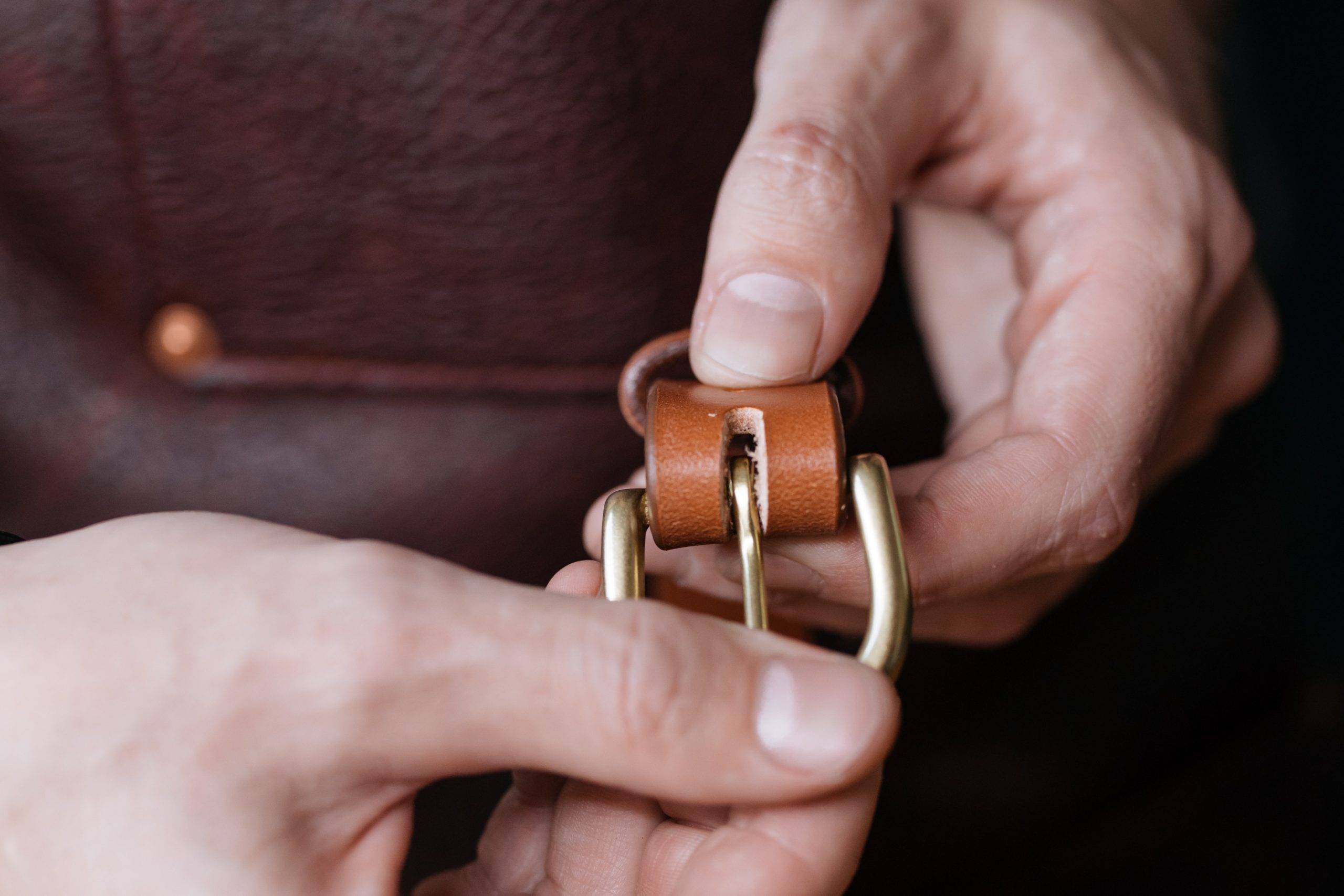
The frame design is the most common buckle style. You can distinguish it with its simple and often rectangular shape. This buckle style works for both formal and casual belts. The frame-style buckle has three parts: frame, prong and bar. The prong is the one you insert on belt holes to keep it secured on your waist. It is fixed on a center bar, which also keeps the frame attached to the strap. Typically, frames have dimensions between 20 mm to 40 mm in width.
Plates
Cowboy or biker belts usually use a plate-style buckle. You can remove and replace this kind of buckle whenever you feel like it. This buckle is mostly for fashion purposes only, though it still secures your pants from falling off. Below the plate buckle is a hook that goes through a hole in the belt.
Box-Frames
Box-frame buckles are often seen in police and military belts. Box-frames don’t have holes. Instead, it has a hollow area where you can pass the strap underneath. There’s a peg or a clamp-press that will hold the belt in place.
Snap Buckles
Belts you use for outdoor activities usually have a snap-type buckle. The mechanism of this belt is similar to that of seatbelts. You only need to snap it close and press something for it to open.
Ring Buckles
Ring buckles are often found in women’s belts. Thus, it is important to distinguish this buckle from the rest. There are two rings that loop to secure the belt. Ring buckles often use soft fabrics as straps. Thus, this type of belt buckle is mostly intended for casual styles.
Straps
Each strap varies in materials used and width size. From leather to canvas, you can almost have it all! Straps also vary in colors and patterns. Hence, it is difficult to talk about them in detail. However, the most common strap materials include the following:
- Leather (e.g. cowhide or calfskin)
- Canvas
- Leather-backed ribbon
- Faux leather
- Vinyl
- Webbing
- Animal skins (e.g. ostrich, crocodile, alligator, lizard)
Some other belts have enhanced features with a keeper loop and end tip. The keeper loop keeps the remaining length of the belt from flapping around after you have fully secured it on your waist. On the other hand, the end tip protects one end of the belt from getting frayed.
Different Types of Belts
How to buy a belt? Learn the different types first! Belts have two different categories. Each category has its specific roles to play when dressing up. You must know how to differentiate one from the other. After all, you wouldn’t want to make a fool of yourself by wearing a casual belt in a formal gala, right?
Dress (Formal) Belts
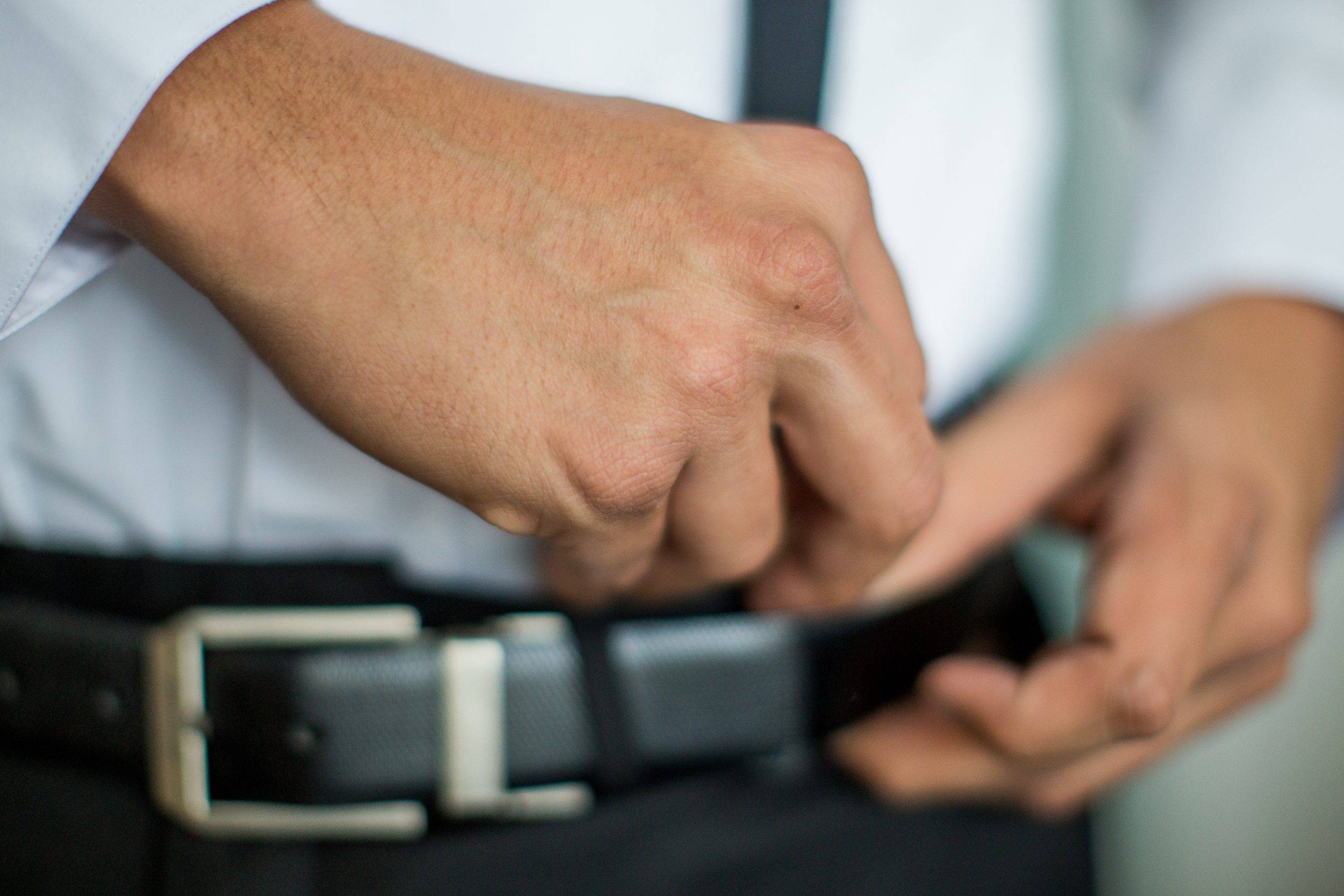
Formal belts should be within 1.5 inches in width. It should not be more than that, otherwise, it will be considered casual. The belt should not be too long either. You’ll know if it is the perfect length for a dress belt if it only goes through the first loop of your trousers.
Straps are often soft and sleek to exude the aura of elegance needed during formal events. The strap material plays an important role in determining a dress belt’s impact on your overall attire. Thus, you need to get high-quality leather. Calfskin is the most common, and full-grain calfskin has the highest quality. Some people also use animal skin and faux leather.
Typically, dress belts are black or brown in color. However, you can also opt for tan, navy, or gray. Whatever belt color you choose, the most important consideration is to match it with your shoes. The strap of the belt should be in the same color as your shoes and other leather accessories. Meanwhile, the metal buckle needs to match other metal jewelleries you are wearing such as a watch and even cuff links. Wedding rings are an exception to the rule, though.
Casual Belts
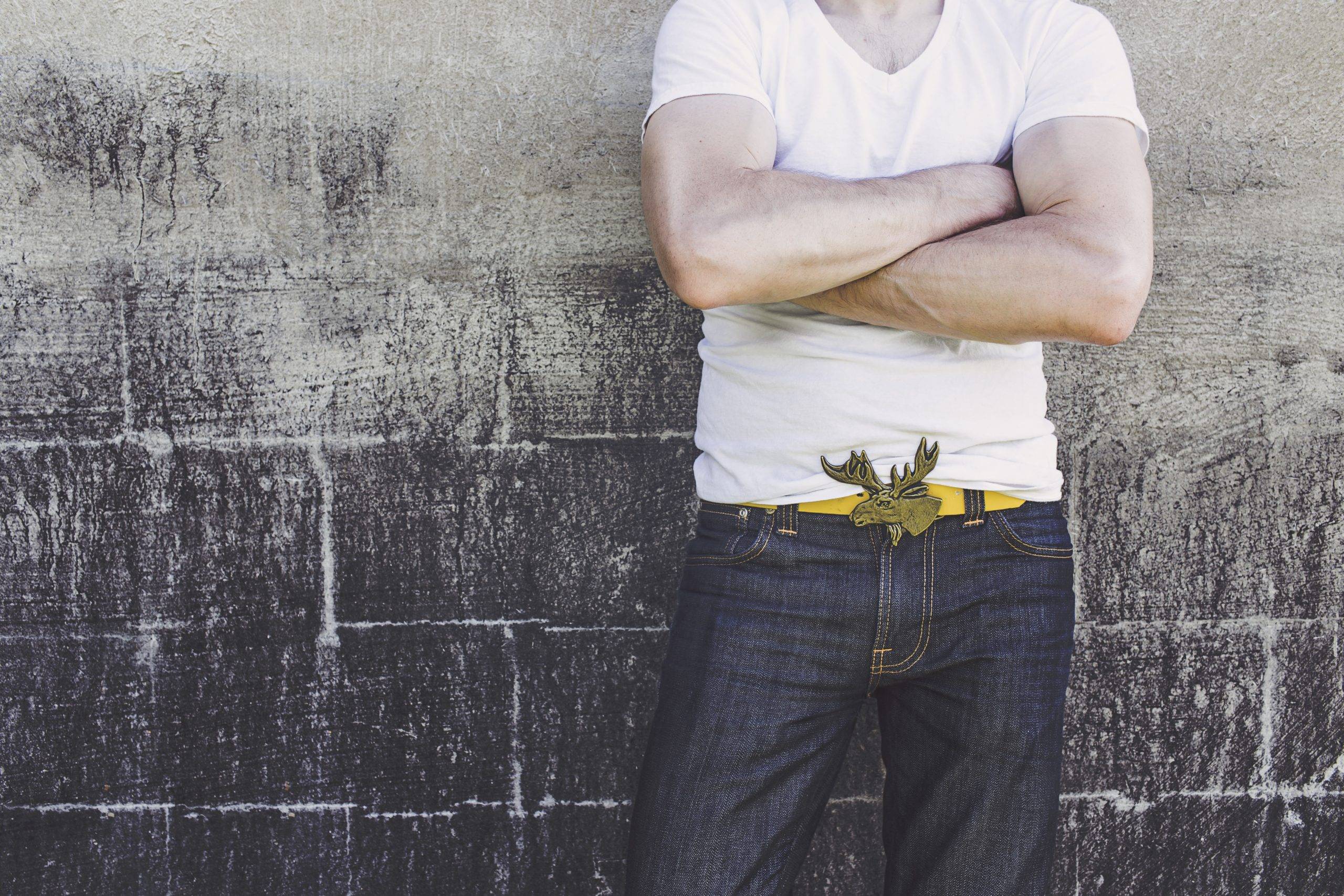
How to buy a belt in casual style? Check the width! The width is one of the most visible factors when you want to determine whether it is for formal or casual wear. Here’s the general rule: the wider the belt is, the more casual it becomes.
Once belts go more than 1.5 inches in width, consider it casual. Casual belts give you more choices to match your outfit. Since it does not really conform to keeping things traditional, you can be as bold as you want and even play with different colors.
Straps can be made from any materials and have unique elements. For example, braided leather can be used for casual get-ups. This design allows you to put the prong in any hole of the strap for a better fit. Strap materials may be thicker and tougher than formal belts as well. The buckles in casual belts may also be larger than dress belts.
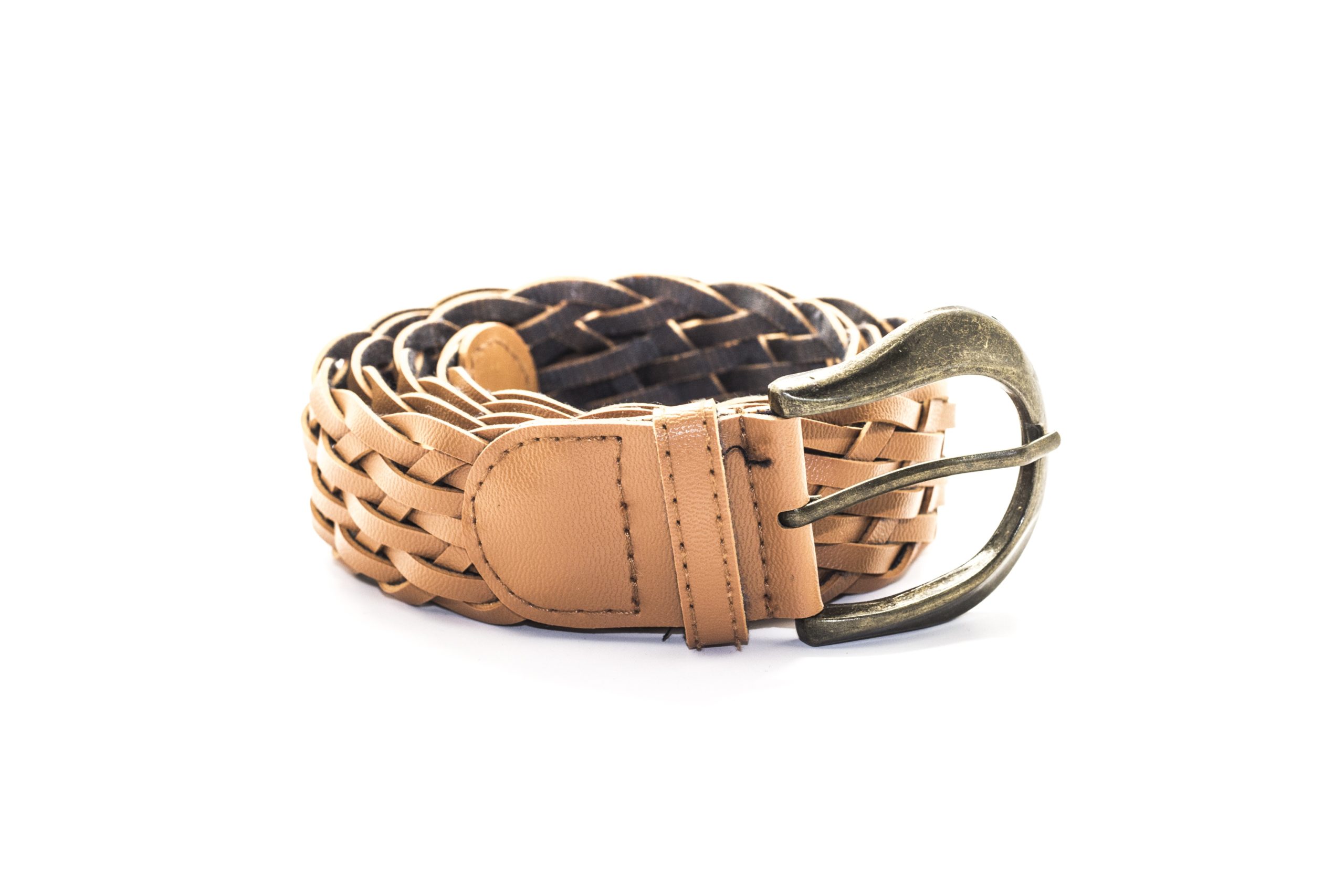
How to Buy a Belt of the Correct Size?
When purchasing a belt, you need to get the correct size that will fit you. Otherwise, it’ll be too long or too short for your intended use. Recognize how to buy a belt of the correct size with these simple tips:
Use Your Old Belt as Reference
Measure your old belt from where the buckle attaches up to the point of the hole you are currently using. Get the closest size to that measurement.
Add 1-2 inches on Your Pants’ Waist Line
If you don’t currently have a belt that you wear or your old one does not fit you perfectly anymore, then get the correct size by checking your pants’ waistline and adding 2 inches. For example, if your pants have a size of 36, a 38-inch belt becomes your best fit.
Refer to a Chart Size
Some belt manufacturers don’t provide sizes in inches. Instead, they use S, M, L, XL, XXL, XXL. This might confuse you since there are no specific inches to choose from. However, these companies provide a size chart where they translate their sizes to inches.
Fit
How to buy a belt in a foolproof way? Fit. The best way to know if a belt fits you or not is to put it on. If you have the chance to do your shopping in a store, go for it. That way, you can fit on the different belts available as well as see the materials they are made of.
Takeaway
Knowing how to buy a belt is a skill that every man should know. Go for a quality belt, especially for formal ones. Men love to invest wisely. So, make a good investment by choosing a belt that you can use for many years – be it for casual wear or formal events.

